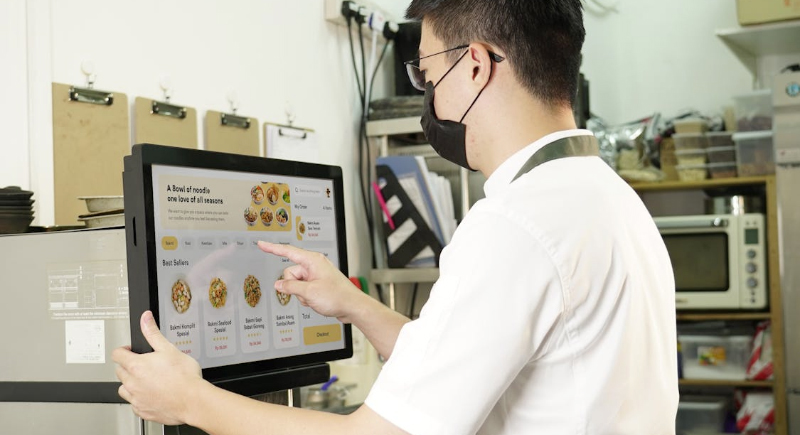How Restaurants Are Planning on Passing Their Rising Costs on to You
Restaurant prices keep climbing, and customers are noticing it before the food arrives. Rising ingredient costs, higher wages, supply issues, and new tariffs have made it harder for owners to keep prices steady. Many say they’ve already cut costs wherever possible.
With inflation still in play, raising menu prices has become one of the few ways left to stay in business. The new reality is simple: staying open now requires financial decisions that show up directly on menus.
Rising Menu Prices

Image via Pexels/Mizuno K
Nearly half of restaurant owners plan to raise menu prices if expenses continue to surge, based on recent industry surveys. The National Restaurant Association estimates that an average restaurant would now need a price increase of just over 30% to maintain a 5% profit margin. The gap between cost and revenue makes the situation more urgent.
A price monitor from Toast showed popular quick service items rising more than 4% year over year, with only wings and beer staying below the current inflation rate. Owners fear that aggressive price jumps could drive customers away, so many have raised prices in smaller increments.
Some have delayed price adjustments entirely, though most admit they must prepare for another round. The effort to stay profitable now revolves around price strategy, timing, and clear communication with guests who already feel stretched.
Ingredient Costs and Tariff Pressure
Food inflation remains one of the steepest challenges for restaurants. Owners report dramatic jumps in ingredient prices, including meat prices that have doubled in a few years. Brisket, once around three dollars a pound, now reaches six dollars in some regions. Many owners refuse to switch to cheaper products, which adds even more pressure. Tariffs have increased financial loads as well. A wide mix of imported items, including spices and fish, now costs more under current trade policies.
Economists estimate that tariff impacts could cost the average household thousands of dollars in a single year, and restaurants feel that same squeeze through distributors. Supply chains have not adjusted to these changes, which causes unpredictable price swings on core ingredients. To cope, restaurants are tracking food costs more aggressively, switching suppliers, or reducing menu sizes. Menu reduction has become a cost control tool, which is helping management limit waste and simplify purchasing as they work to stabilize their margins.
Labor Costs and Operational Strain

Image via Pexels/iMin Technology
Labor has become the second major cost surge for the industry, with wages increasing across many states. Hourly pay for quick service positions now averages above thirteen dollars before tips, and some regions report labor consuming up to a quarter of total expenses. Owners have responded by cross-training staff and adopting scheduling software to avoid payroll spikes.
Utilities, local taxes, and waste fees add another layer of financial strain. In one Minnesota example, the expense of waste services reached a rate that multiplied the base expense and added unexpected weight to the monthly budget.
Operators are reviewing every contract, monitoring energy use, and investing in equipment that cuts utility bills over time. Even with these adjustments, many say higher menu prices remain the only realistic path forward. Without those increases, routine overhead would overwhelm their margins and threaten long-term survival in an already thin-profit business.